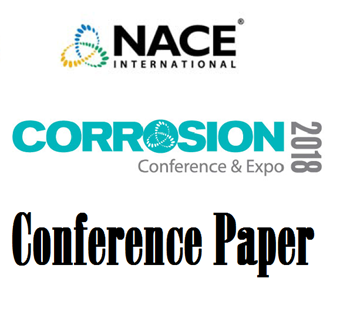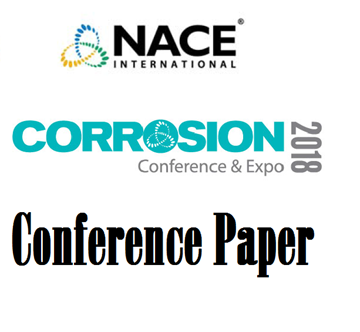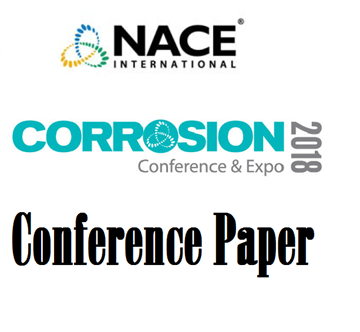Search
51318-10884-Studies of Aqueous Hydrogen Sulfide Corrosion in Producing SAGD Wells
Also Purchased
51318-10899-Case Histories of Low Alloy Steel Used for Completion Tools in High-H2S and -CO2 Environments
Product Number:
51318-10899-SG
Publication Date:
2018
$20.00
51318-10895-The pitting corrosion behavior of carbon steel in presence of sulfate-reducing bacteria under H2S
Product Number:
51318-10895-SG
Publication Date:
2018
$20.00
51318-10876-MEANINGFUL TESTS FOR THE QUALITY OF DUPLEX STAINLESS STEELS
Product Number:
51318-10876-SG
Publication Date:
2018
$20.00




